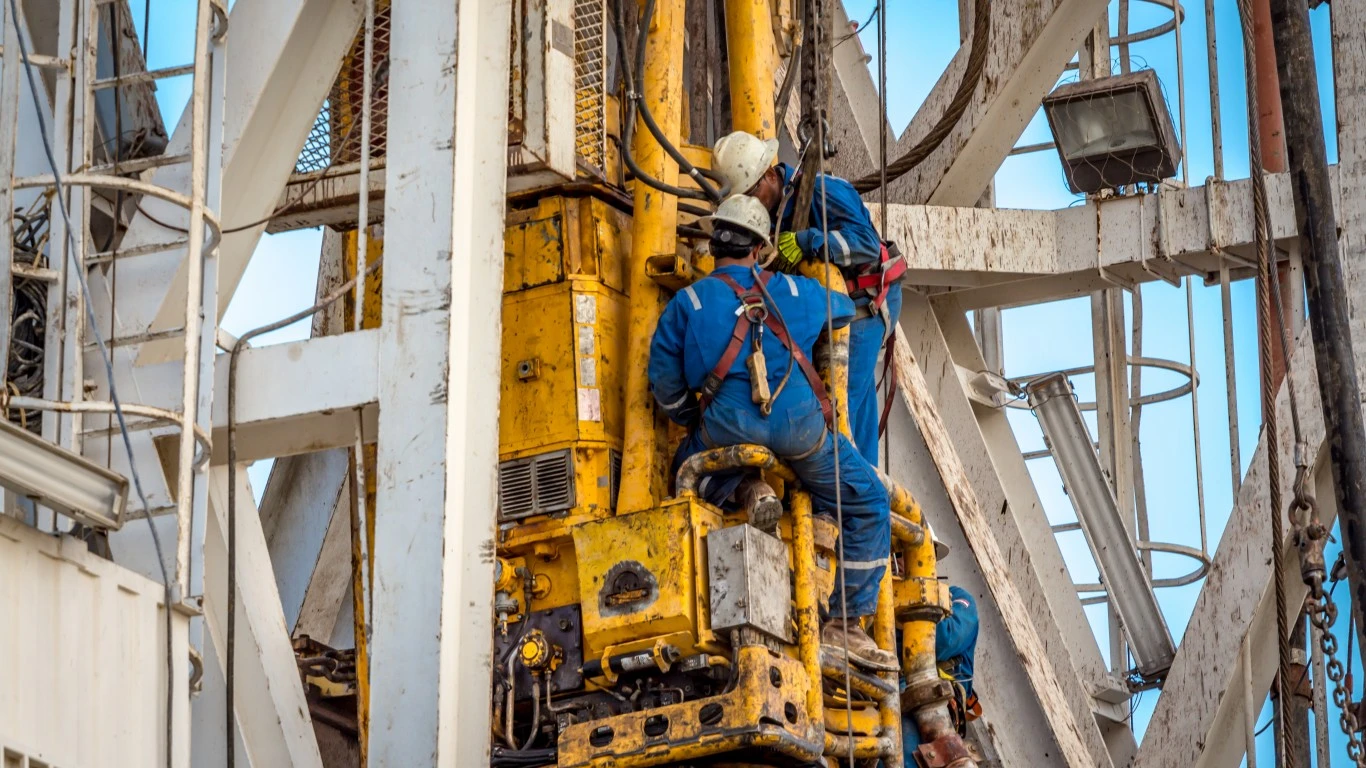
Soaring crude oil prices have hit consumers hard over the past month or so. The combined effects of higher demand for energy, the Russian invasion of Ukraine, and the reluctance of producers to increase the flow of crude have sent U.S. pump prices soaring.
President Joe Biden is expected to announce Thursday that he has ordered 1 million barrels a day of crude to be released from the U.S. Strategic Petroleum Reserve for a period of six months. That sent crude prices down by about 4% in morning trading Thursday.
In early January, West Texas Intermediate (WTI) sold for around $76 a barrel, about 35% less than a recent price of around $103 a barrel. In April of 2020, WTI sank to around $17 a barrel as the first wave of COVID-19 brought the global economy to a grinding halt. Within the past 30 days, WTI traded briefly at around $130 a barrel.
When independent exploration and production (E&P) companies were setting their capital spending budgets for 2022, most expected to spend right around what they spent last year. Marathon Oil, for example, forecast capex of $1.2 billion for 2022, compared with spending of $1.03 billion last year. Pioneer spent $3.4 billion last year and estimated it would spend between $3.3 billion and $3.6 billion this year.
The bulk of capital spending would be on new drilling, and the beneficiaries of that focus would be the oilfield services firms that supply the rigs, other equipment and labor to E&Ps so they can produce more oil. Analysts Roger D. Read and Lauren Hendrix Walker at Wells Fargo Securities think that international demand for oilfield services will be strong until the end of next year:
We believe the International (i.e., non-North America) oil field markets are poised for strong and durable recoveries through year-end 2023 at a minimum. In terms of activity improvements to come and the anticipated magnitude of pricing /margin increases (supported by IOC and international IOC capex announcements), the international markets appear more likely to surprise to the upside relative to the North American market, in our view.
It is a slightly different story in North American and the United States, they write:
We attribute [the U.S.] outlook, which is different from typical recoveries, to: public E&P spending discipline/ESG, commodity price differences (particularly for natural gas), energy security requirements, and supply chain and logistics bottlenecks already apparent throughout North America.
Read and Walker expect global capex to increase in the mid-double digits this year, including a jump of 25% in the United States. Through 2025, they estimate annual increases of 5% to 6% “with US spending growth decelerating the most on a relative basis.” They expect U.S. capex to reach about $140 billion in 2023, well below average spending for 2017 through 2019 of $165 billion. They also estimate U.S. capex to reach $150 billion by 2025, approximately equal to the average for the five-year period between 2015 and 2019.
Sponsored: Tips for Investing
A financial advisor can help you understand the advantages and disadvantages of investment properties. Finding a qualified financial advisor doesn’t have to be hard. SmartAsset’s free tool matches you with up to three financial advisors who serve your area, and you can interview your advisor matches at no cost to decide which one is right for you. If you’re ready to find an advisor who can help you achieve your financial goals, get started now.
Investing in real estate can diversify your portfolio. But expanding your horizons may add additional costs. If you’re an investor looking to minimize expenses, consider checking out online brokerages. They often offer low investment fees, helping you maximize your profit.






